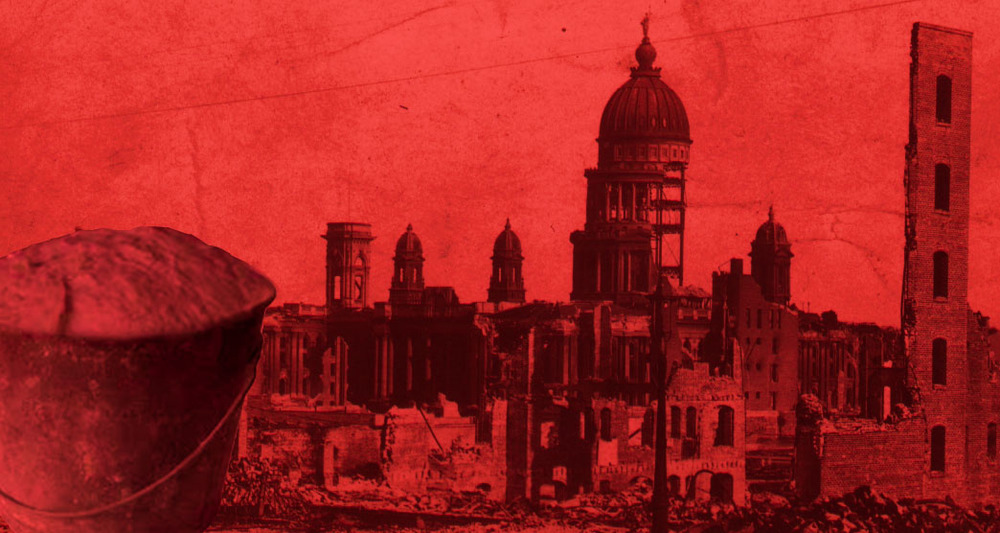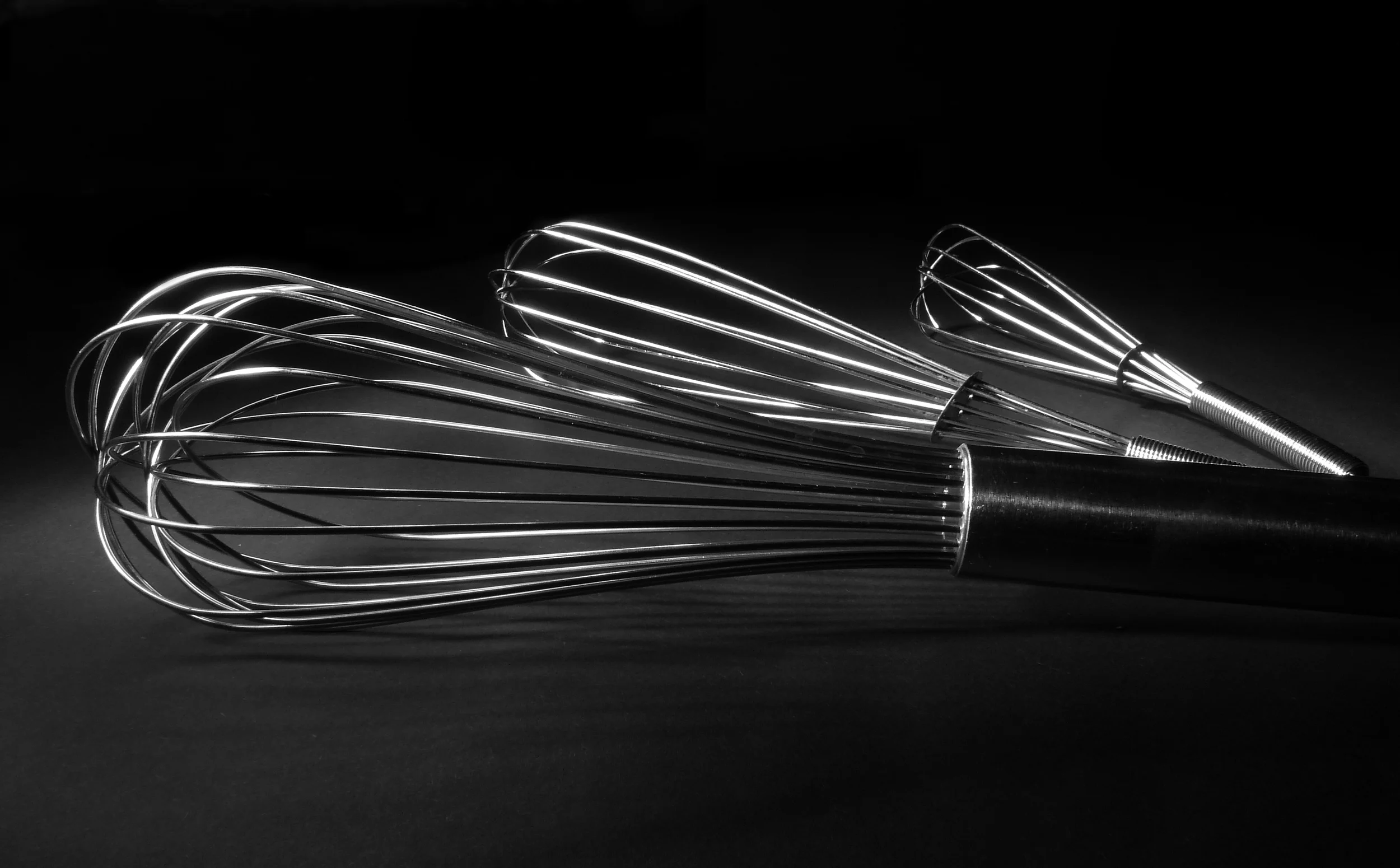No one, but no one, celebrate Easter like the citizens of Florence, Italy.
In a tradition that's centuries old, teams of white oxen, bedecked in flowers (after all, the word Florence literally means the “City of Flowers”) draw a massive and mysterious 30 foot wooden structure, which is over 500 years old, through the cobblestone streets.
This Easter tradition honors Pazzino de’ Pazzi, who in 1097 was the first soldier to scale the walls of Jerusalem during the First Crusade. (Hopefully in more modern times, we will be more mature as citizens of a mutually shared planet and not hurl rocks and stones at each other.)

But in 1097, Pazzino was climbing the Holy City’s walls and was later given three fire-striking flint stones from the Church of the Holy Sepulchre as a reward for his achievement, which considering their source, made them holy relics in the 11th century.

Then as now, when the tall antique tower reaches the Piazza del Duomo, a Mass Pasqua will have just been completed. With its arrival, the real fun begins in what the Florentines call the Festival of Scoppio del Carro.
A long fuse wire will have been attached from the Duomo's high altar to the elaborate wooden tower outside. A dove, symbolizing the hope for peace and harmony, is then ignited at the altar and, with fire and sparkles, shoots down the length of the Cathedral towards the outside tower.
The flaming dove then flies into the tower, which is affectionately called “the cart” by the Florentines, to the delight of thousands gathered outside. Inside the wooden structure are hidden fireworks, which then ignite and shoot off to the cheers of the citizens, Everyone is grateful that the dietary limitations of the Lenten season are finally over as the flaming dove flies back to the Cathedral altar.
And how do the Florentine citizens celebrate their new freedom to dine without restraints? Why, with a slice of Florence's famed Colomba dove shaped Colomba bread.
 And while many might say, this legendary loaf is only vaguely bird-shaped, the Florentines might reply,
And while many might say, this legendary loaf is only vaguely bird-shaped, the Florentines might reply,
"Don't worry. Life, like the flaming dove of the Cathedral, shoots by all too quickly. The outlines of one’s life don't matter all that much - as long as we have the courage to truly savor the elegant contents of both the loaf and life itself!"
Happy Easter! May your life always be full of flavor!
Your Culinary World copyright Ana Kinkaid/Peter Schlagel 2013
























